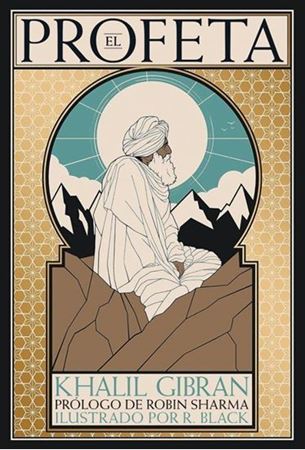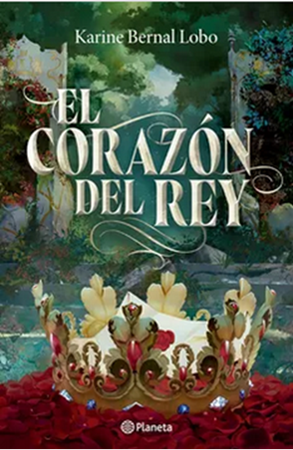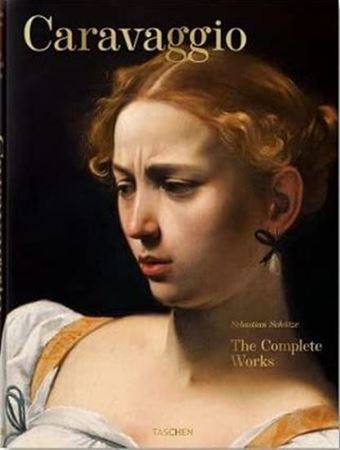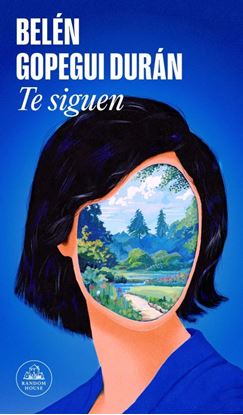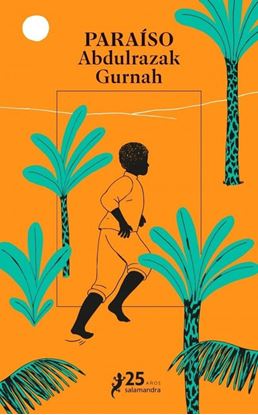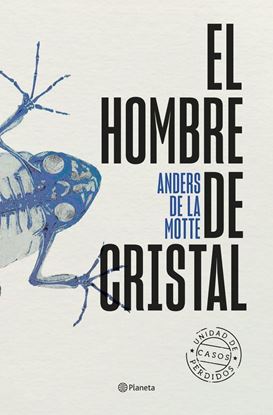

NOVEDADES
NO TE COMAS EL COCO
¿Te has sentido alguna vez enredado en un bucle de pensamientos que parecían devorarte?
¿Te has sentido paralizado por darle demasiadas vueltas a una decisión, atrapado en un ciclo interminable de dudas?
¿Has sentido cómo tus pensamientos se convertían en una prisión, llenándote de ansiedad y alejándote del presente?
Este libro es una invitación a dejar de "comerte el coco" y a recuperar el control sobre tu mente. Escrito en un estilo accesible y directo, explora los mecanismos del pensamiento excesivo a traves de casos reales y ofrece diez psicosoluciones prácticas para entender y enfrentarse a las trampas de la mente desde una visión estrategica, así como diez frases antídoto que te ayudarán a impulsar un proceso de transformación.
1,400
1,120
TE SIGUEN
Saben lo que deseas, lo que buscas. Conocen tu cuenta bancaria, lo que pagas, lo que debes, tus conversaciones. Te siguen, te examinan. Pero ¿acaso conocen el significado, lo que representa para ti ese álamo, una tarea en común, la persona que no te llama?
León trabaja para una pequeña empresa interesada en acceder a los rincones de la vida íntima y social que aún escapan a la cultura de la vigilancia. En lugar de limitarse a procesar cantidades ingentes de datos, decide fijar la mirada en dos únicos sujetos, Casilda y Jonás, ambos en la treintena.
Mientras tanto, la competencia le observa. Minerva, directiva de una empresa mayor que la de León, ha recibido el encargo de espiarle.
Cuatro personajes interpretan un baile singular entre la tenacidad y el desencanto, entre la libertad y el engaño, entre bajar la cabeza y la insumisión. Esta novela construye una distancia para esclarecer el presente, porque en él chocan el pasado con el futuro, y de ese choque nace el centelleo de estar aquí.
1,400
1,120
PARAISO (25 ANIVERSARIO)
Cuando los padres de Yusuf, de doce años, le dicen que vivirá con su tío Aziz durante una temporada, el chico se muestra entusiasmado. Pero lo que Yusuf no sabe es que su padre lo ha empeñado para saldar una deuda imposible de pagar, ni tampoco que Aziz no es pariente suyo, sino un rico y acaudalado comerciante con el que viajará por África central y las riberas del Congo en vísperas de la primera guerra mundial.
A través de los ojos de ese chiquillo descubriremos una naturaleza exuberante y hostil, poblada de tribus despiadadas e invasores desalmados, en la que una vida humana vale tanto como unas cuantas gotas de agua.
1,400
1,120
LA MUY CATASTROFICA VISITA AL ZOO
Es víspera de Navidad y la visita de la clase de Joséphine al zoo ha sido una catástrofe. Nadie sabe qué ha pasado exactamente y los padres de la niña están dispuestos a descubrirlo. Mientras la investigación avanza, comprendemos poco a poco que una catástrofe nunca llega sola, que las apariencias engañan y que los acontecimientos pueden tomar un giro que nadie imagina.
La muy catastrófica visita al zoo nos mantiene en vilo hasta el final; es una novela divertida y emocionante, repleta de guiños sobre nuestra sociedad, sobre la democracia, la educación inclusiva, el rol de los padres y de los maestros.
1,400
1,120
CANON DE CAMARA OSCURA
Vidal Escabia, el protagonista de esta historia, ha seleccionado setenta y un libros en un cuarto oscuro de su casa con la idea de escribir un canon desplazado, intempestivo e inactual, disidente de los oficiales. Cada mañana, elige al azar uno de ellos, y saca a la luz un fragmento con destino al Canon, pero lo que desentraña su lectura influye en su vida y también en su escritura.
Las sospechas crecen en torno a si el narrador de Canon de cámara oscura es un androide, un Denver-7 infiltrado entre la gente corriente de Barcelona o si, por el contrario, utiliza el Canon para dar sentido a su vida ante el amor desorbitado que siente por su hija ausente.
Un Vila-Matas extremo que va más allá en su indagación sobre el sinsentido, el simulacro y la ficción como extrañas formas de vida, y también en su visión del arte literario como transmisión, colaboración y modificación de ideas ajenas. Una búsqueda, en definitiva, de un sentido último de la escritura, al tiempo que explora temas como el doble o la ausencia infinita que dejan aquellos a los que amamos, «la misma ausencia que Eurídice le dejó a Orfeo y de la que muchos creen que nació la escritura».
1,400
1,120
EL HOMBRE DE CRISTAL
La inspectora Leonore Asker, al mando de la peculiar Unidad de Casos Perdidos, recibe una llamada del todo inesperada: su padre, con quien no tiene contacto desde hace más de quince años, necesita su ayuda, ya que se ha hallado un cuerpo en su finca y la policía sospecha que él ha sido el asesino.
Mientras, Martin Hill se muda a una finca apartada para escribir una biografía sobre el empresario Gunnar Irving, intrigado por el hecho de que la legendaria propiedad contiene una isla privada con un observatorio astronómico abandonado. Pronto, Hill descubre que la zona tiene más historias que ofrecer: luces misteriosas y cuerpos mutilados. Mientras Asker y Hill intentan encontrar respuestas, un temible asesino en serie, el hombre de cristal, surge de las profundidades de la oscuridad de las que nadie regresa jamás.
1,400
1,120




